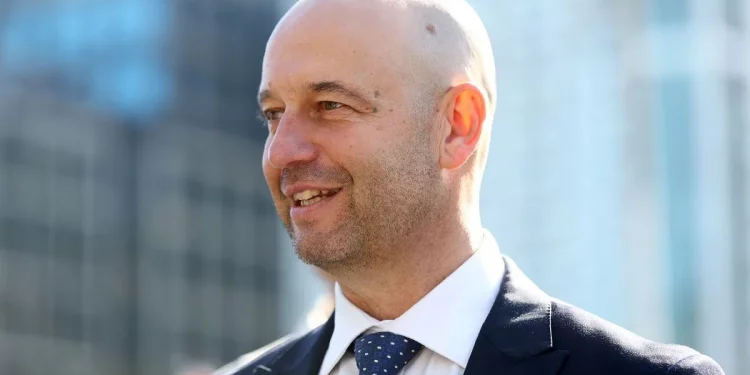Amidst a series of “uncomfortable” budget cuts in a year when CA revealed a AUD$11.3 million deficit, Todd Greenberg, the organization’s chief executive, has warned of the “peril” of not paying Australia’s best men’s players enough in the upcoming years to deter franchise seekers.
In order to examine the results of the 2024–25 fiscal year with stakeholders from across the nation, Cricket Australia hosted its annual general meeting at their headquarters in Melbourne on Thursday.
Despite the Border-Gavaskar series from the previous season, Greenberg and Cricket Australia chair Mike Baird emphasized that the shortcoming was long anticipated and will be compensated for in 2025–2026, when India’s men’s white-ball tour of Australia and the home Ashes are expected to make it one of the most lucrative years in Cricket Australia history.
Ross Hepburn, the chair of Cricket Victoria, expressed a lot of concern during the AGM, however, because CA had made a number of financial adjustments this year, including a round of internal layoffs. The company recently had a conference in Brisbane to examine cost-saving measures for other areas of the business, such as high performance routes.
CA also declared it would stop supporting domestic tournaments and national teams in indoor cricket.
There is also a significant risk of private investment entering the BBL. Greenberg went on to say that they were well aware of the possibility of losing Australia’s top male players to full-time franchise cricket as part of their financial ambitions.
“It’s a big part of our decisions,” Greenberg assured reporters Thursday. “Every major sport league in the world has one important feature in common: the top players compete in those leagues. That much is obvious. Therefore, we run the risk of losing our Australian players if we assume they would play for their teams or in our competitions.
“We can’t just stand here. We need to monitor what’s taking place. We must keep an eye on the future, even if we naturally want to preserve everything that has made Australian cricket so wonderful throughout the years.
“We’re not discussing in six or twelve months either. It is our responsibility as the sport’s leaders to ensure that we examine all of those topics because we are discussing long-term generational change, which will challenge and make people uncomfortable.”
States are undoubtedly offended that Australia’s best male players are getting paid more while supporting other sectors, including as the hugely successful and well-liked indoor cricket culture, is being cut off. A bottomless pool of money, however, does not exist, according to Greenberg.
“Of course, we would love to fund everyone and everything, but at the end of the day, we’ve got to make sure we put our money in the right places at the right times,” said Greenberg. “We’ll always be looking to help community groups or indoor cricket and whatever other types of formats we can but at the end of the day, we can’t give out what we don’t have.”
Having served as the CEO of the Australian Cricketers’ Association before joining Cricket Australia, Greenberg is in a unique position because he had a major role in negotiating the 2023 pay agreement between Cricket Australia and the players, which is scheduled to last until 2028.
Given how swiftly the franchise landscape has changed in recent years, many individuals involved in the agreement and in Australian cricket’s high performance division, however, feel that MOU is already unnecessary. For a number of years, the Australia men’s team has been able to accommodate the schedules of important players so they can participate in the IPL and other leagues despite missing Australia’s bilateral series.
Greenberg is aware of the danger, even though they haven’t lost a player to franchise cricket on a full-time basis like other Test-playing countries.
“It’s the challenge that sits right in front of us,” Greenberg said. “We must keep providing them with opportunities to be part of the Australian team environment, and I can assure you that they all want to be there. All of them aspire to win contests. They’re all vying for the Ashes. Their goal is to win the World Cup.
However, that cannot be taken for granted. We can’t just sit here and hope that the following generation will follow suit. The work we’re doing now and the discussions we’re having are crucial in the long run because it is our responsibility to put in a lot of effort to create those environments and to pay them fairly so that those things flourish in the future. If we sit around hoping that will happen, it will fail miserably.
Concerns regarding the game’s short-term financial situation should be allayed, Baird added, since Cricket Australia anticipates a big profit the next year due to sell-out crowds and substantial broadcast earnings from the Ashes and the ongoing India white-ball tour.
“Next year we are going to have a record year in cricket,” Baird predicted. “You’re going to get the most sponsorship, the most viewers, and the most attendance. It is certain to be the most significant year in cricket’s history.







